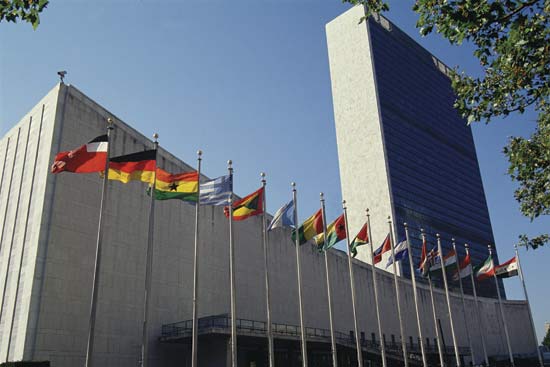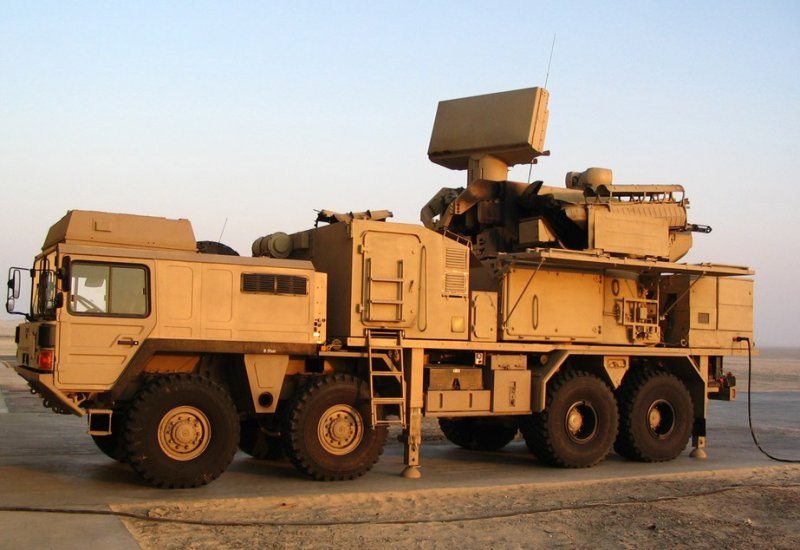Once again India has been forced to abstain from voting in favour of a discriminatory global Arms Trade Treaty (ATT) – after its unpleasant experience with the NPT and the CTBT in the past. The treaty, aimed at laying down common international standards and limiting the illicit sale of conventional arms, was passed by the UN General Assembly with an overwhelming majority of 154 votes on April 3, 2013. Iran, North Korea and Syria voted against the treaty while China, India and Russia abstained.
As the largest importer of arms in the world1, India objects to the ATT on several counts. First and foremost, India finds it difficult to accept that the treaty will enable arms exporting countries to impose unilateral conditions on the countries that import arms. The treaty has failed to address Indian concerns about the illegal transfer of arms to terrorist organisations, insurgent groups and other non-state actors who oppose democratically elected governments. The treaty also does not ensure a “balance of obligations” between arms exporting states and the importers of arms.
As a country with a pacifist strategic culture, India has traditionally abhorred the export of arms and itself refrained from doing so for several decades after independence. India has 39 Ordnance factories, which are wholly government owned, and eight Defence Public Sector Undertakings (DPSUs). India’s defence exports are less than two per cent of the total production of weapons and equipment and were valued at USD 191 million (Rs 859.60 crore) in 2008-09. These are mainly indigenously produced surplus small arms and light weapons that have been supplied to some of India’s neighbours as a goodwill gesture.
However, the new Defence Procurement Policy (DPP) and the new Defence Production Policy (DPrP) are encouraging the formation of joint ventures with 26 per cent foreign direct investment (FDI). This is expected to go up to 49 per cent, gradually resulting in an increase in arms exports as MNCs will begin to use their Indian joint ventures as hubs for sourcing weapons and equipment components for their factories abroad.
India is likely to spend approximately USD 100 billion for the import of weapons and defence equipment over the next 10 years. The DPP stipulates an offsets commitment of 30 per cent of the total value of a contract if it exceeds USD 66 million (Rs 300.00 crore). In fact, the offsets obligation specified for the multi-mission, medium-range combat aircraft (MMRCA) is 50 per cent of the total value, which is estimated to exceed USD 12 billion. Assuming that 60 to 70 per cent of the import contracts will exceed USD 66 million, defence MNCs exporting to India will be required to procure items worth approximately USD 18 to 21 billion from Indian companies over the next 10 years by way of direct and indirect offsets. Even though the items that may be exported by these MNCs and joint ventures will be mainly components and not fully assembled weapons system, India needs to ensure that the stipulations of the ATT do not bar such exports.
South Asia is arguably the second most dangerous global hotspot after West Asia and radical extremism in the Af-Pak area is making the region further dangerous. One of the major reasons for this is the large-scale proliferation and easy availability of small arms and light weapons (SALW). India has witnessed around 152 militant movements since independence, of which 65 are believed to be still active in one form or the other. Pakistan is still the primary source of small arms that are India bound. It uses SALW as political and military tools against New Delhi and facilitates smuggling of SALW both through sea and land routes to ISI-supported terrorist organisations and sleeper cells across India. Funding for SALW proliferation can be accredited to money laundering and safe havens abroad organised through hawala channels. The transfer of small arms takes place mostly through clandestine routes and the grey market.
The Chinese angle to SALW proliferation in South Asia also cannot be ignored. Chinese weapons gained immense popularity among the insurgent groups in the region as they were competitively priced and low-level officials offered counter-trade agreements. The Chinese weapons pipeline soon permeated into Myanmar’s underground markets along the Thai border. Beginning with the Type 56 rifle, China produced and offered for sale five different varieties of rifles (Type 56, 68, 79, 81 and 5.56 Type CQ), allied light machine guns and sub-machine guns. China also became the prime official supplier to Sri Lanka, Myanmar and Pakistan (including anti-aircraft and anti-tank weapons). Significantly, large numbers of weapons of Chinese origin have been seized in Cox’s Bazaar in Bangladesh.
The Chinese supplied small arms to Indian insurgent groups in Manipur, Mizoram, Nagaland and Tripura for many years up to the late-1970s. In a statement with far reaching consequences, India’s Home Secretary, G K Pillai, said on November 9, 2009, that the Maoists in India were receiving small arms from China, “Chinese are big suppliers of small arms…” Earlier, then Union Home Minister P Chidambaram had said in an interview in October 2009 that the Maoists were acquiring weapons through Bangladesh, Myanmar and possibly Nepal since the Indo-Nepal border is a porous border.
Since 1989-90, Indian security forces have seized huge stocks of arms and ammunition along the LoC in J&K alone. It has been documented that between 1990 and 2005, as many as 28,000 assault rifles of the AK-47 series; 1,300 machine guns; 2,000 rocket launchers; 365 sniper rifles; 10,000 assorted pistols; 63,000 hand grenades; seven million rounds of ammunition; 6,200 land mines and IEDs and 37,000 kg of explosives were recovered from various hideouts in J&K during counter-proxy war operations. Large-scale recoveries are still being made. Large numbers of illegal arms also comes into the country through the north-east and from the Khyber-Pakhtoonkhwa province (NWFP) on Pakistan’s Afghan border. India finds itself at the centre of two major international weapons warehouses—the NWFP and the Southeast Asian arms market comprising Thailand, Cambodia and Myanmar, with approximately 13 identified gun-running routes close to India’s north-eastern border areas and the Chittagong hill tracts.
Countries exporting arms have a responsibility to ensure that they do not provide weapons without strict end user verification or else SALW may be diverted to wage intra-state conflict by non-state actors. The ATT should have refrained from imposing new norms; it should have reinforced the existing obligations and responsibilities of all countries under international law and should have provided a mechanism for their effective application to the trade in SALW.
The present treaty is also deficient on monitoring and verification. While initially monitoring may have to rely on the good practices of the member states, viable technical means need to be developed over time. Subsequently, the treaty must make provisions for intrusive international monitoring of sources, means of transportation of weapons and, where possible, their end use based on formal complaints being launched by affected state parties. Such a system can only be implemented by constituting an international body like the IAEA.
India accords immense importance to compliance with arms control, non-proliferation and export control regimes, even though India is not a signatory to some of them. Hence, an initiative like the ATT, that seeks to establish a global benchmark, would under normal circumstances have been welcomed and supported, but the treaty has turned out to be discriminatory.
The government of India has instituted stringent controls for the export of arms, including the requirement of an end-user certificate from the country to which SALW are to be exported. Each request is thoroughly vetted before an arms export license is cleared by the government.
India ensures that no arms are exported to countries that are involved in conflict, or to non-state actors engaged in intra-state conflict. In fact, most arms exports out of India so far have been those of goodwill gestures towards friendly countries in India’s neighborhood. Despite repeated requests from Sri Lanka and at the risk of driving it into Chinese or Pakistani arms, India had steadfastly refused to supply offensive weapons when the Sir Lankan armed forces were engaged in fighting the LTTE. Only non-offensive equipment like air defence guns and radars were supplied.
Elaborating on the complexity of small arms proliferation, former UN Secretary General, Kofi Annan had stated perceptively, “Small arms proliferation is not merely a security issue; it is also an issue of human rights and of development.” The moral argument for an ATT, one that underpins human security, social and economic development is overwhelming. However, if it is viewed through the prism of disarmament or arms control instrument, it will not find much support. While India has not voted in favour of the ATT, it will undoubtedly adhere to all its provisions, much as it has done in respect of the NPT and the CTBT.
Views expressed are of the author and do not necessarily reflect the views of the IDSA or of the Government of India.











